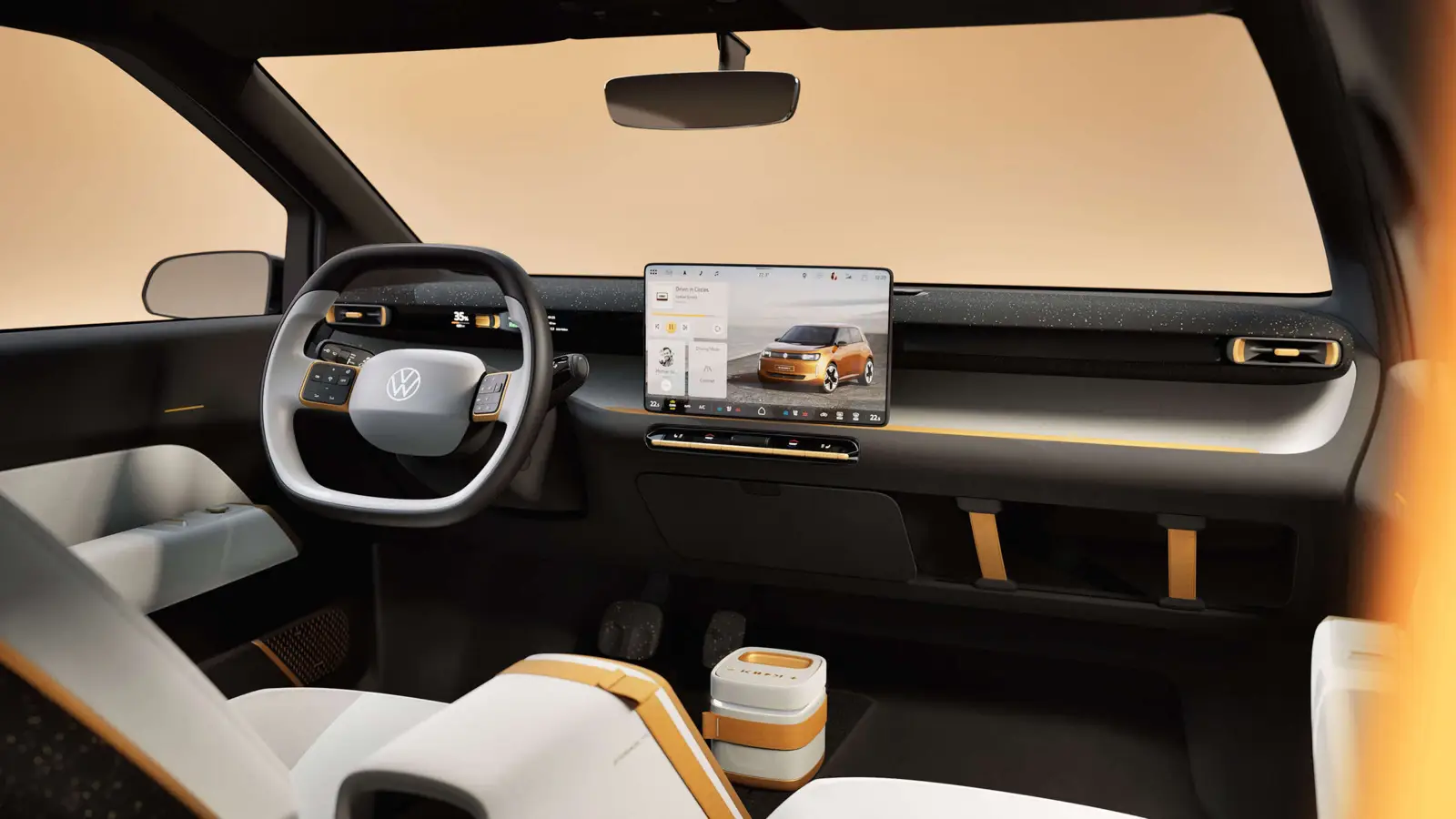News
Volkswagen Reintroduces Physical Buttons: A Response to User Complaints and Safety Concerns

Volkswagen is reversing its touchscreen-only approach by bringing back physical buttons in future models. Learn why this decision matters for safety, usability, and industry trends.
Volkswagen is taking a U-turn on its design philosophy, bringing back physical buttons to its cars after years of relying on touch controls. Following a wave of criticism from both drivers and journalists, the automaker has decided to abandon its screen-only approach in favor of a more intuitive, tactile experience.
Volkswagen’s design chief, Andreas Mindt, confirmed in a recent interview that starting with the ID.2all, all future VW models will feature physical buttons for essential functions like volume control, climate settings, ventilation, and hazard lights.
The decision is not just about improving user experience. From 2026, new Euro NCAP safety regulations will require vehicles to have physical controls for the horn, windshield wipers, turn signals, hazard lights, and emergency calls. Without them, achieving a five-star safety rating will be impossible.
The push toward touch-only interfaces has been one of the most controversial trends in the industry. Tesla pioneered the approach by making the screen the central control hub of the Model S, and other brands, including VW and Mercedes, followed suit. But users pushed back hard.
A study by Swedish magazine Vi Bilägare found that using a touchscreen takes significantly more time than operating a physical button. This means drivers spend more time looking at the screen and less time focusing on the road, increasing the risk of accidents. Now, even Mercedes is reconsidering its approach, admitting that screens alone are not the solution.
VW’s steering wheel haptic controls have also drawn criticism. In the ID.4, adjusting the volume or climate settings while driving was frustrating. The 2024 update made these controls backlit, but that was too little, too late.
There’s also an economic angle to this. Touchscreens are cheaper to manufacture than multiple physical buttons, which is why many automakers made the switch in the first place. But the trade-off in usability and safety has proven too steep.
Is this a random course correction? Unlikely. As Tesla, Mercedes, and VW now scramble to strike a balance between innovation and practicality, the auto industry is taking a step back—or rather, a step forward—toward a safer, more user-friendly future.
2025, Mar 07 21:20


